
There are thirteen attractions that the entire world should know, protect and disseminate.
There are more than a thousand destinations around the world that have been declared World Heritage Sites by the United Nations Educational, Scientific and Cultural Organization (Unesco). Of that total, twelve are in Peru and are of great cultural and natural value not only for Peruvians, but for the rest of the world.
To them are added others that are currently being evaluated by the international organization, such as the historic center of Trujillo, the archaeological complex of Pachacámac, Lake Titicaca, among others. Next, we present a list with the Peruvian destinations named World Heritage Sites. Go ahead and visit them.
Next, we present the 13 sites of our country considered World Heritage, according to the Ministry of Culture, they are divided as follows: 9 cultural, 2 natural and 2 mixed:
Located in Cusco, it is the most famous archaeological site in Peru. This citadel houses temples, residences and platforms surrounded by imposing green mountains that represent the most beautiful fusion of architectural art and landscape, and a clear example of the great development of techniques and styles of Inca architecture.
This wonder of the modern world is visited every day by about 4,000 tourists. Every morning a train leaves for the Machupicchu station, located in Aguas Calientes. Here buses leave that go up to the archaeological site. The best time to visit this citadel is in the winter months, between April and November, when it does not rain.
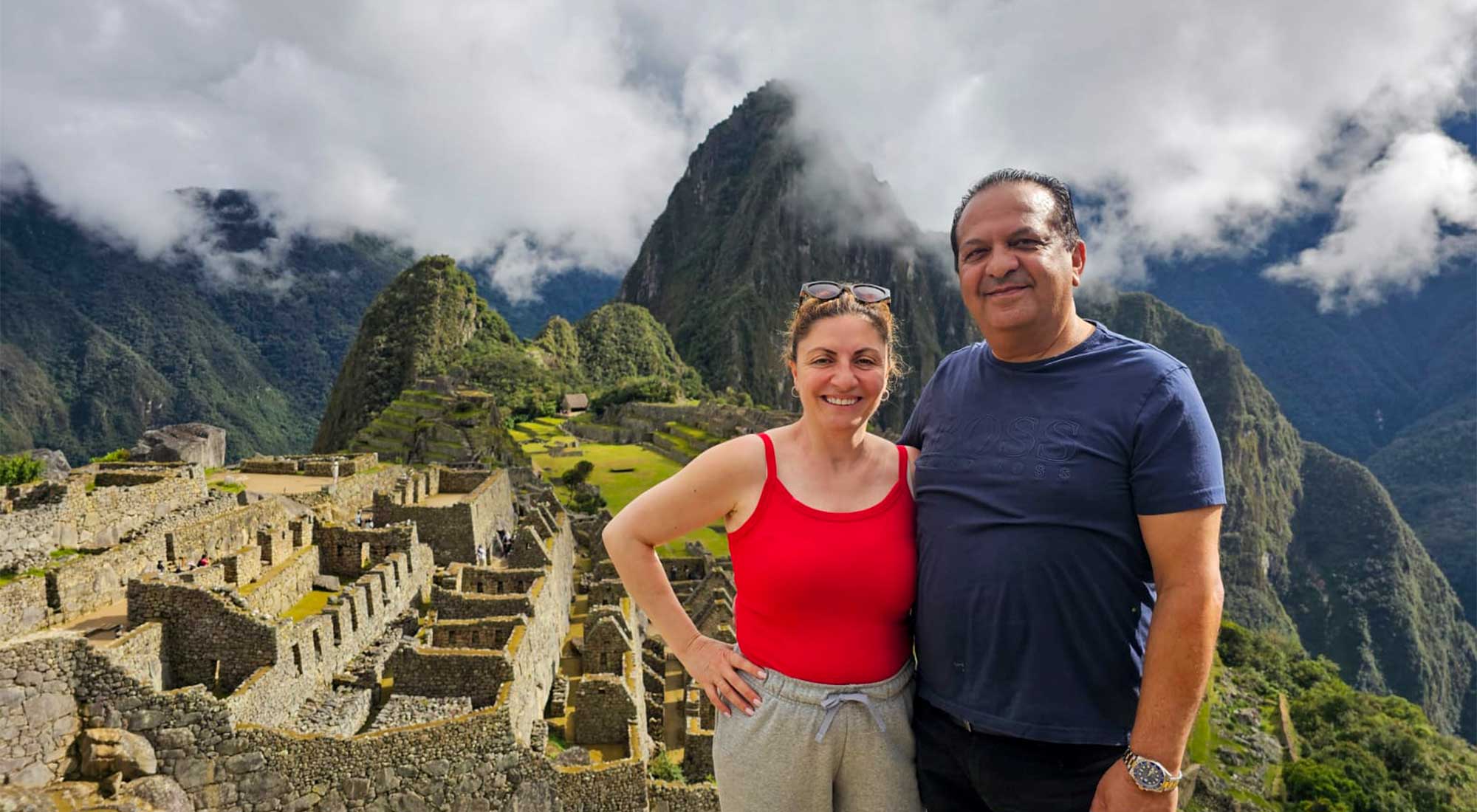
The old capital of Tahuantinsuyo is a historical monument that houses impressive architectural remains. In it, samples of the Inca past and Spanish influence converge, such as the Sacsayhuaman fortress and the cathedral. The historic center was named Cultural Heritage of Humanity by UNESCO in 1983, which makes it a dazzling letter of introduction of Peru to the world.
From Lima, you can get to Cusco by plane or bus. Flights depart every day, which last approximately an hour and a half. By bus, the trip takes about 24 hours. The high season begins in mid-June and ends at the end of September.
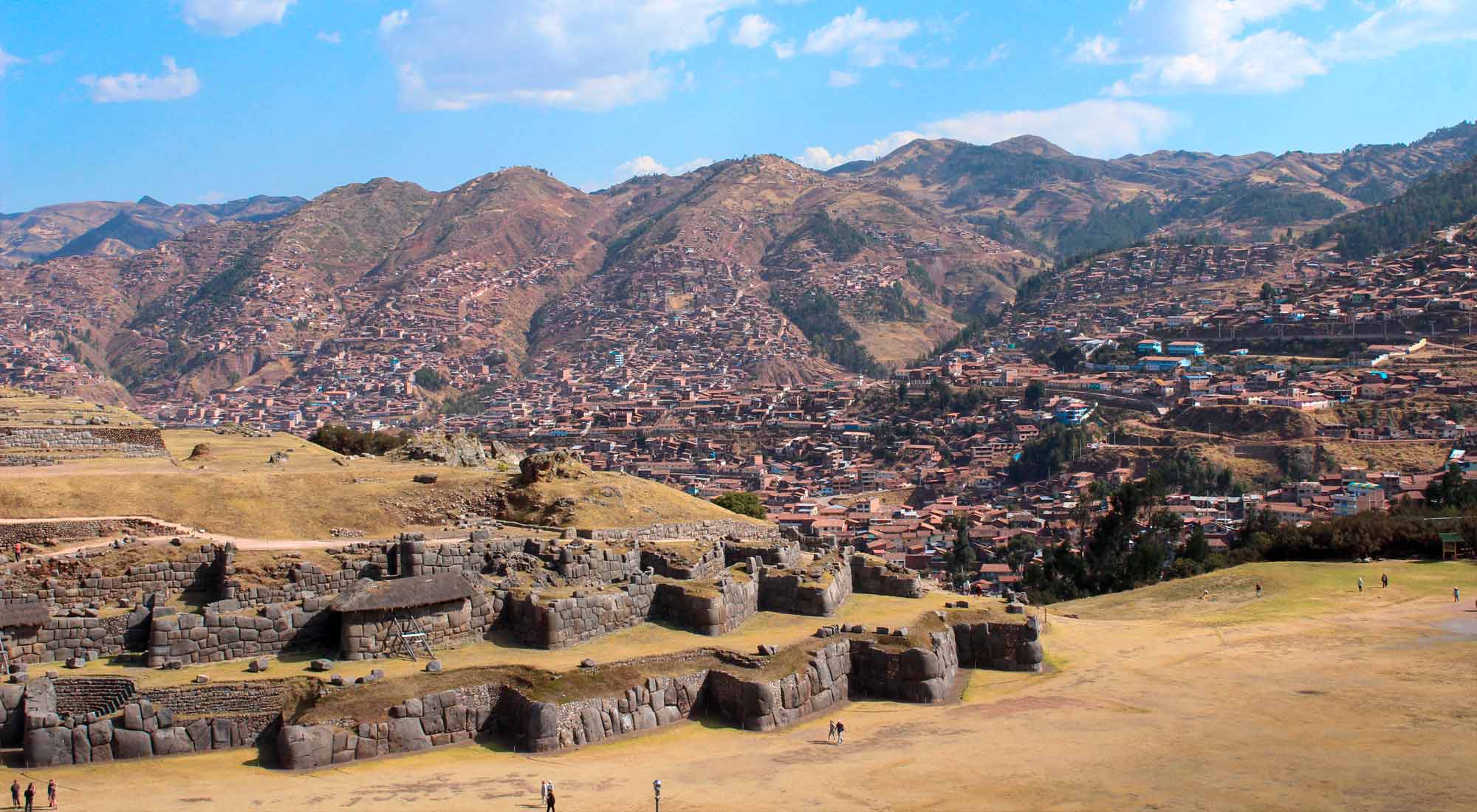
The capital of the Chimúes is the largest mud city in pre-Hispanic America. Its palaces, decorated with borders of geometric figures, fish and birds, and protected by walls up to 12 meters high, are evidence of the great urban development achieved by this culture.
It is located in the Moche Valley, 5 km from Trujillo. Its extension of 20 km2 came to house 30 thousand inhabitants. It was declared a World Heritage Site in 1986.
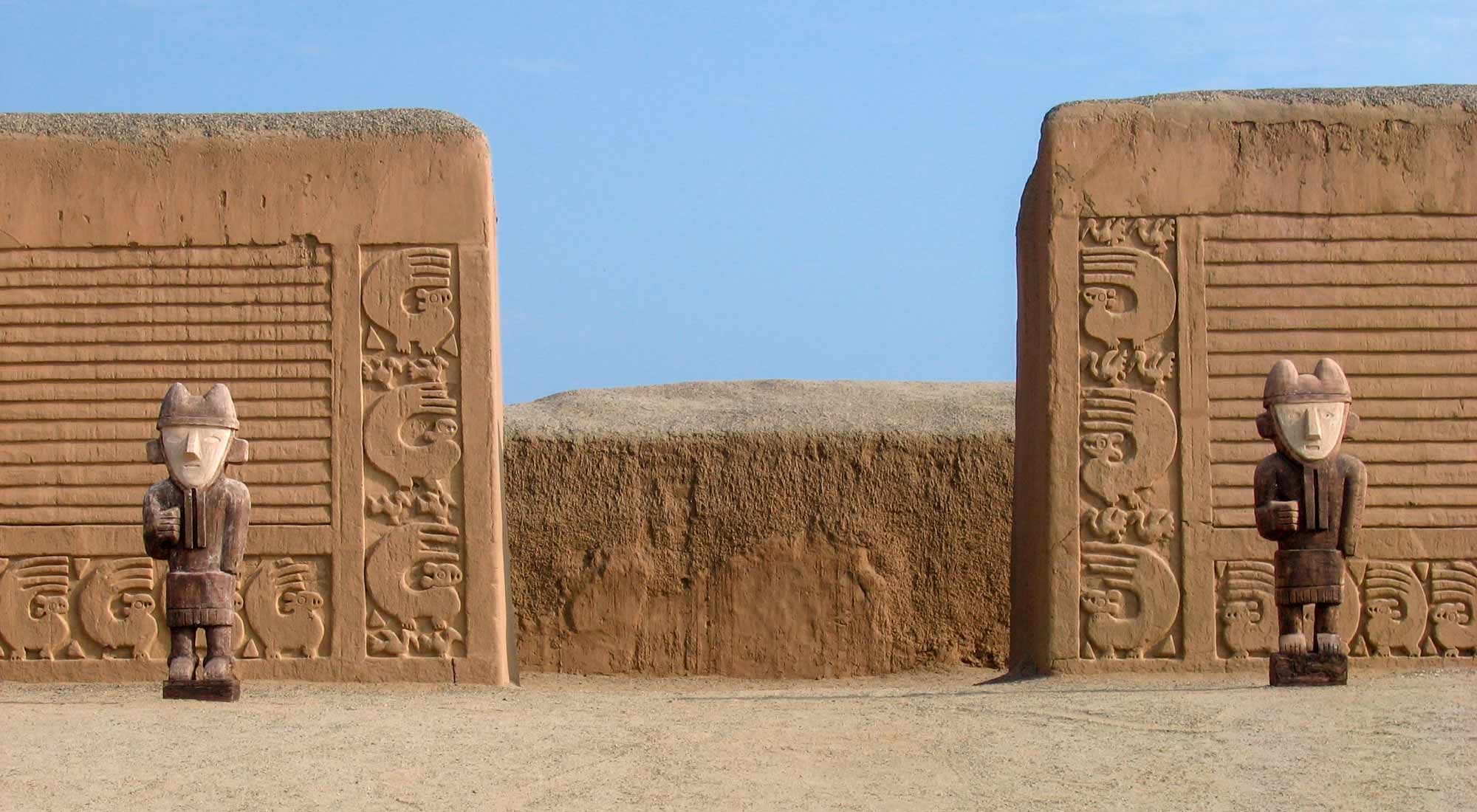
This park, which covers almost the entire Cordillera Blanca in Ancash, is a sample of the great beauty of the Peruvian Andean landscapes. At the foot of the snow-capped mountains, which make up one of the most beautiful natural settings in the world, an important biodiversity develops; Therefore, this area was declared a Natural Heritage of Humanity.
Within the park, there are 27 snow-capped mountains that exceed six thousand meters, as well as 663 glaciers, 269 lagoons and 41 rivers that form spaces of great scenic beauty and, at the same time, are ideal for practicing adventure sports and tourism in general.
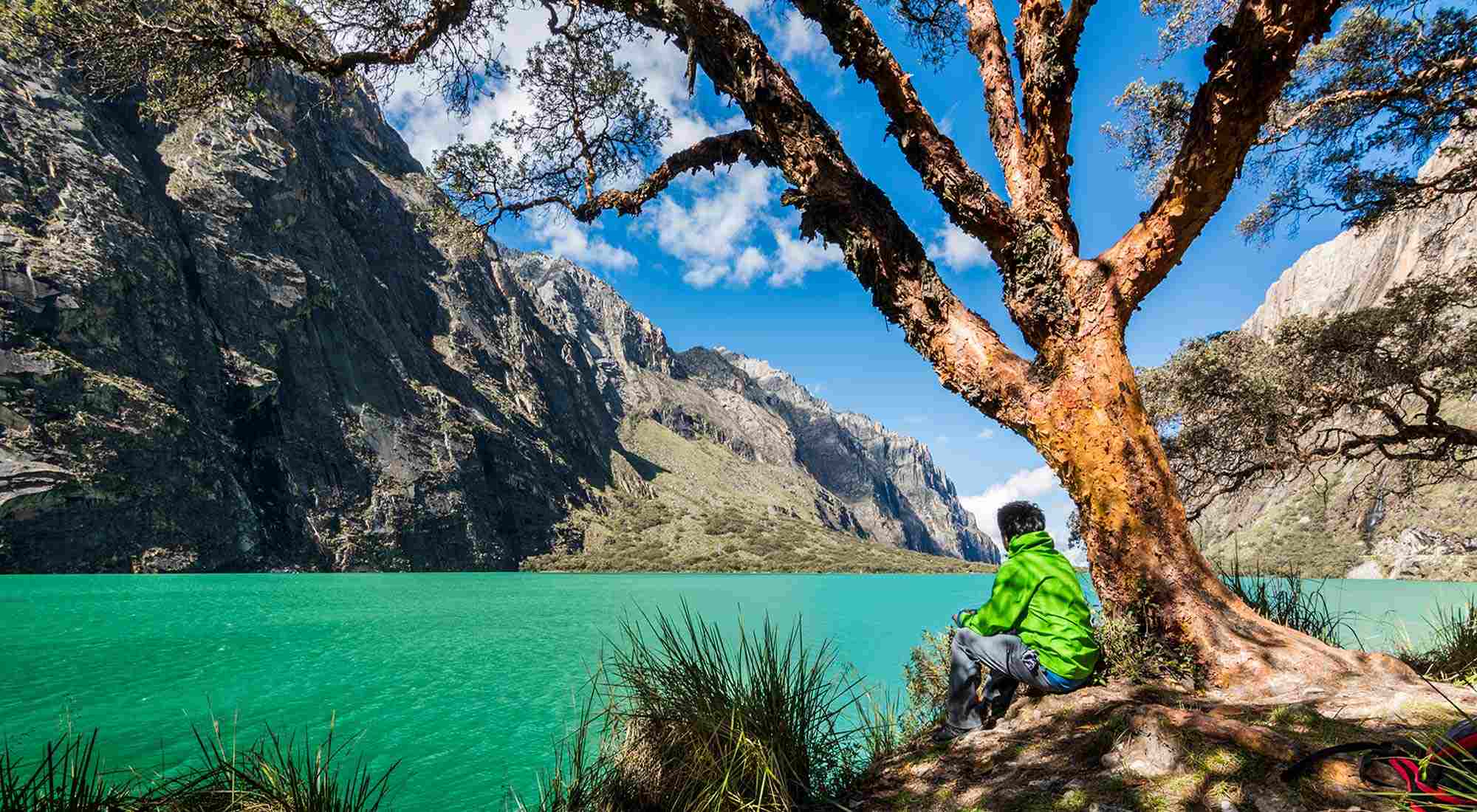
Located in the Callejón de Conchucos (Áncash), this ceremonial center of more than three thousand years old is the most important left by the Chavín culture. In its time, it was a place of pilgrimage for the inhabitants of the north coast and the central Andes. It has been a World Heritage Site since 1985.
Its most outstanding architectural constructions are two pyramids built at different times, which have underground passages, terraces, stairways and squares. The deities of the Chavín Peru culture are expressed in their rich iconography: abstract beings that combine human features with those of felines, snakes, and birds of prey that were engraved on their ceramics, sculpture, textiles, and other materials.
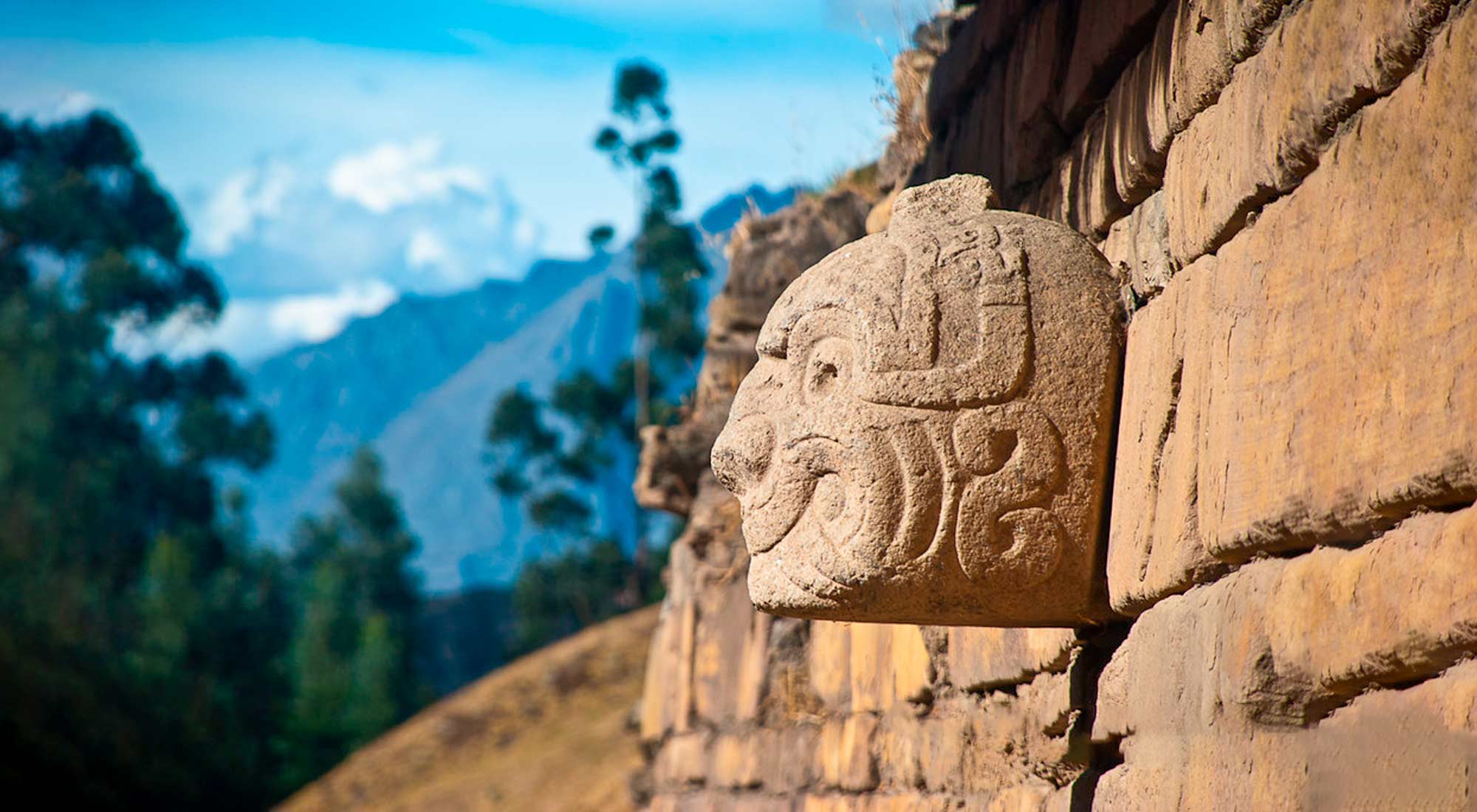
It is one of the few places recognized worldwide for its ecological and cultural benefits, as it is home to the best-preserved mountain forests in Peru and 36 archaeological complexes. Of them, the most notable is the Gran Pajatén. For this reason, it is one of the 23 places in the world considered Mixed Heritage of Humanity.
It is located in the San Martín region and a thousand species of plants such as mosses, ferns and orchids have been identified. Likewise, the area is inhabited by species such as the Andean bear and the yellow-tailed woolly monkey, both in danger of extinction.
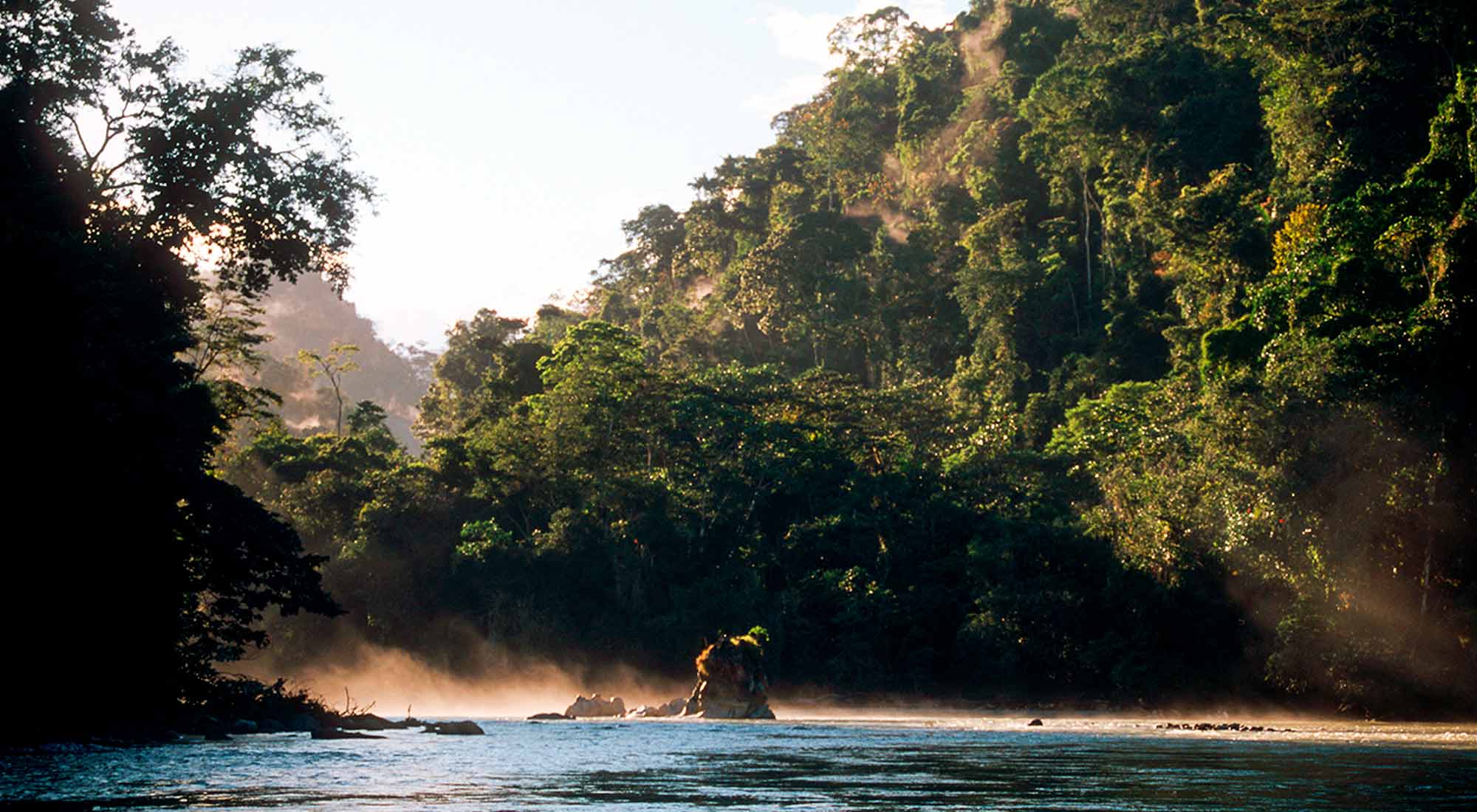
Located in the provinces of Manu (Madre de Dios) and Paucartambo (Cusco), it is the largest national park in Peru and probably the richest in biodiversity in the world. Its importance has been recognized not only by the Peruvian State, but also by Unesco, which declared it a World Heritage Site in 1987.
More than 800 species of birds and 200 mammals have been found in the area. Much of its natural wealth is due to its privileged location, which is that it covers practically all the altitudinal levels: from the Puna of Cusco to the Amazonian plain.
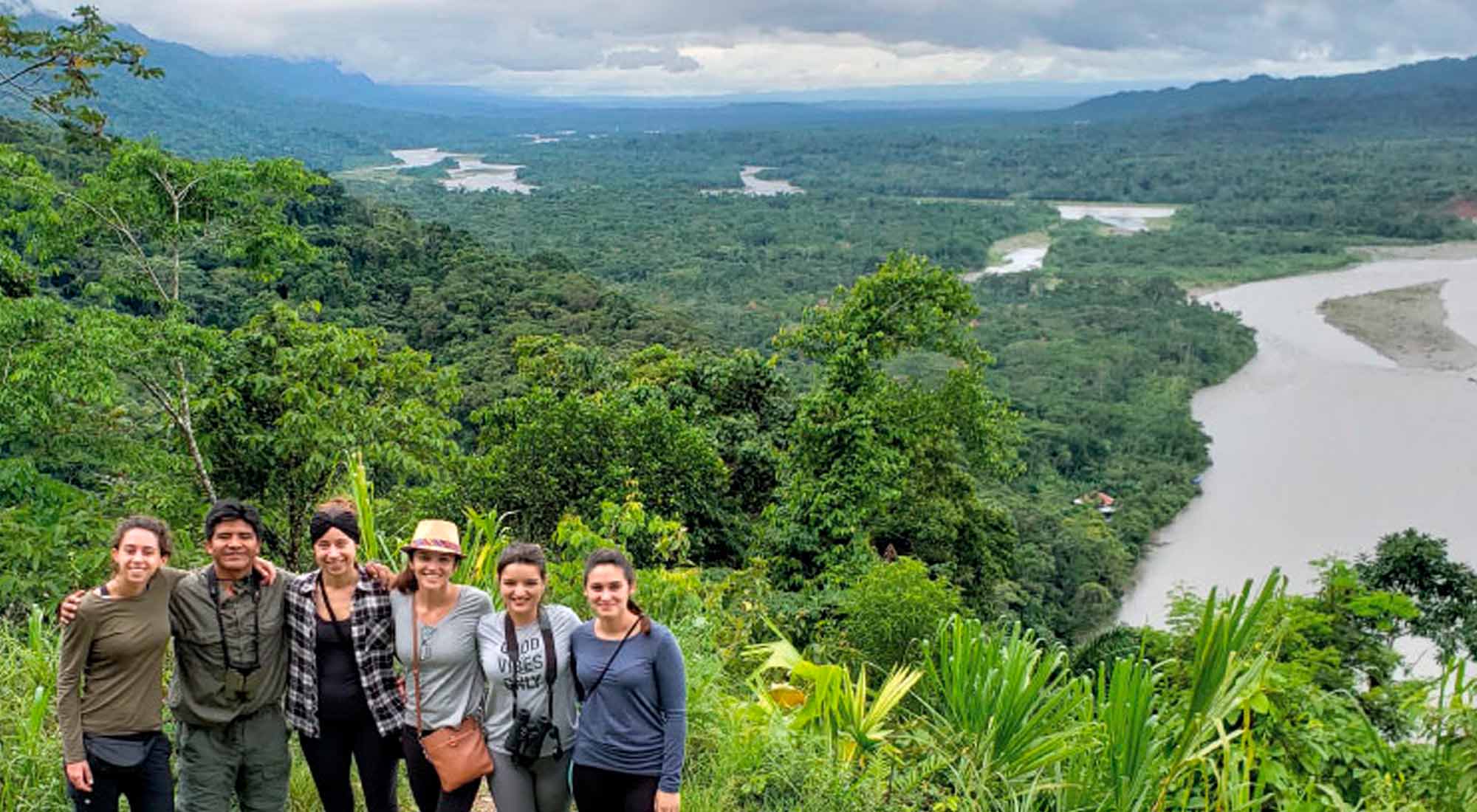
"The City of Kings" was founded in 1535 to be the most important capital and the political center of Spanish rule in South America. The beauty of the buildings in its current historic center, the viceregal balconies, the cathedral and a Plaza Mayor with more than 400 years old, are part of its valuable legacy. It was declared a World Heritage Site in 1991.
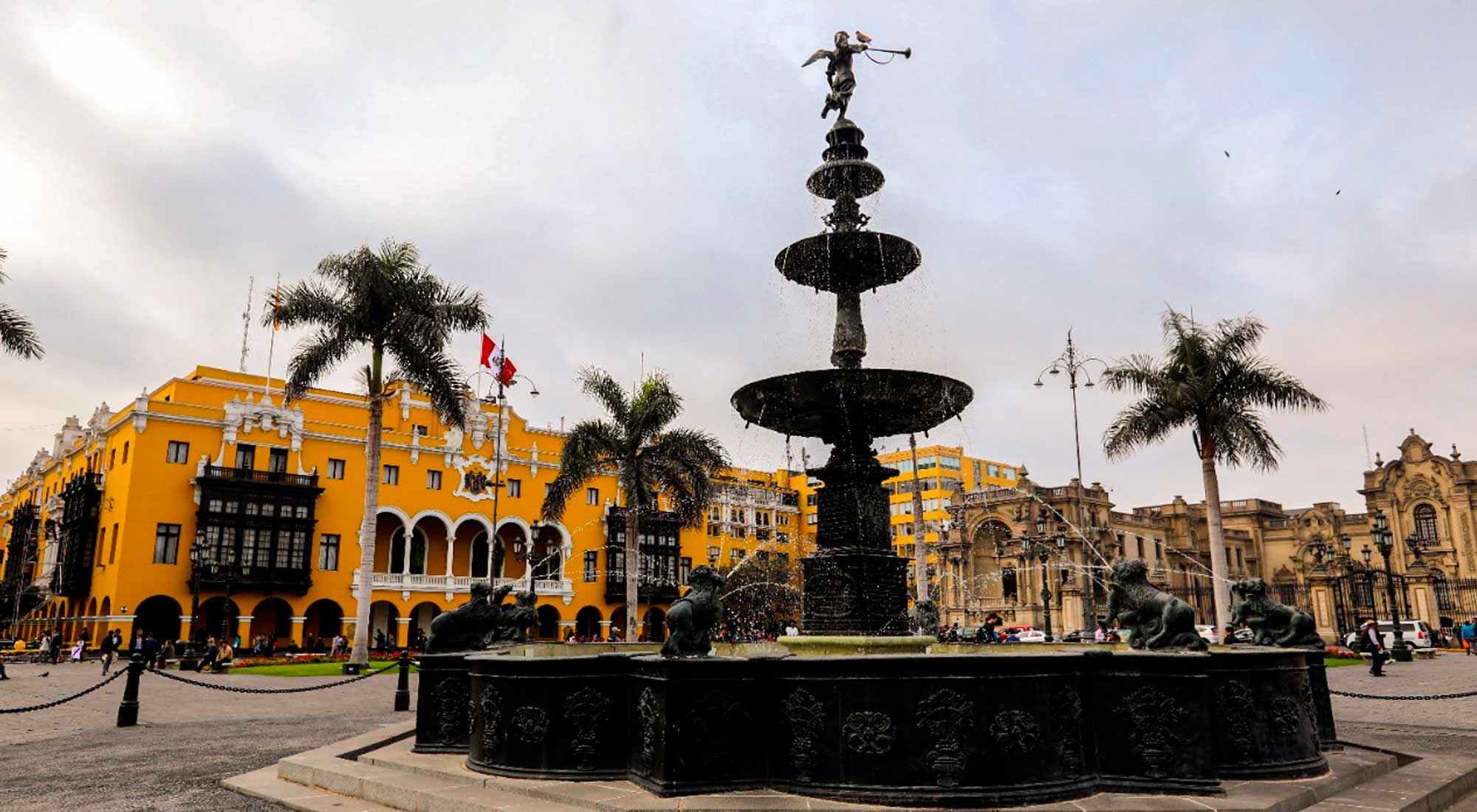
These geoglyphs Nazca were drawn more than 1,800 years ago, but to this day their origin remains a mystery. There is no consensus among researchers regarding the function of these lines. Some believe that it is some primitive irrigation system; others, like the American Paul Kosok, assure that they make up a huge astronomical calendar. The truth is that they have been on the Pampas de Jumana for almost two thousand years, despite the winds and other climatic phenomena.
The best alternative to observe the lines is by flying over the area in a small plane. Another option is through its two viewpoints from where you can see three nearby figures. Any time of the year is good to visit these geoglyphs.
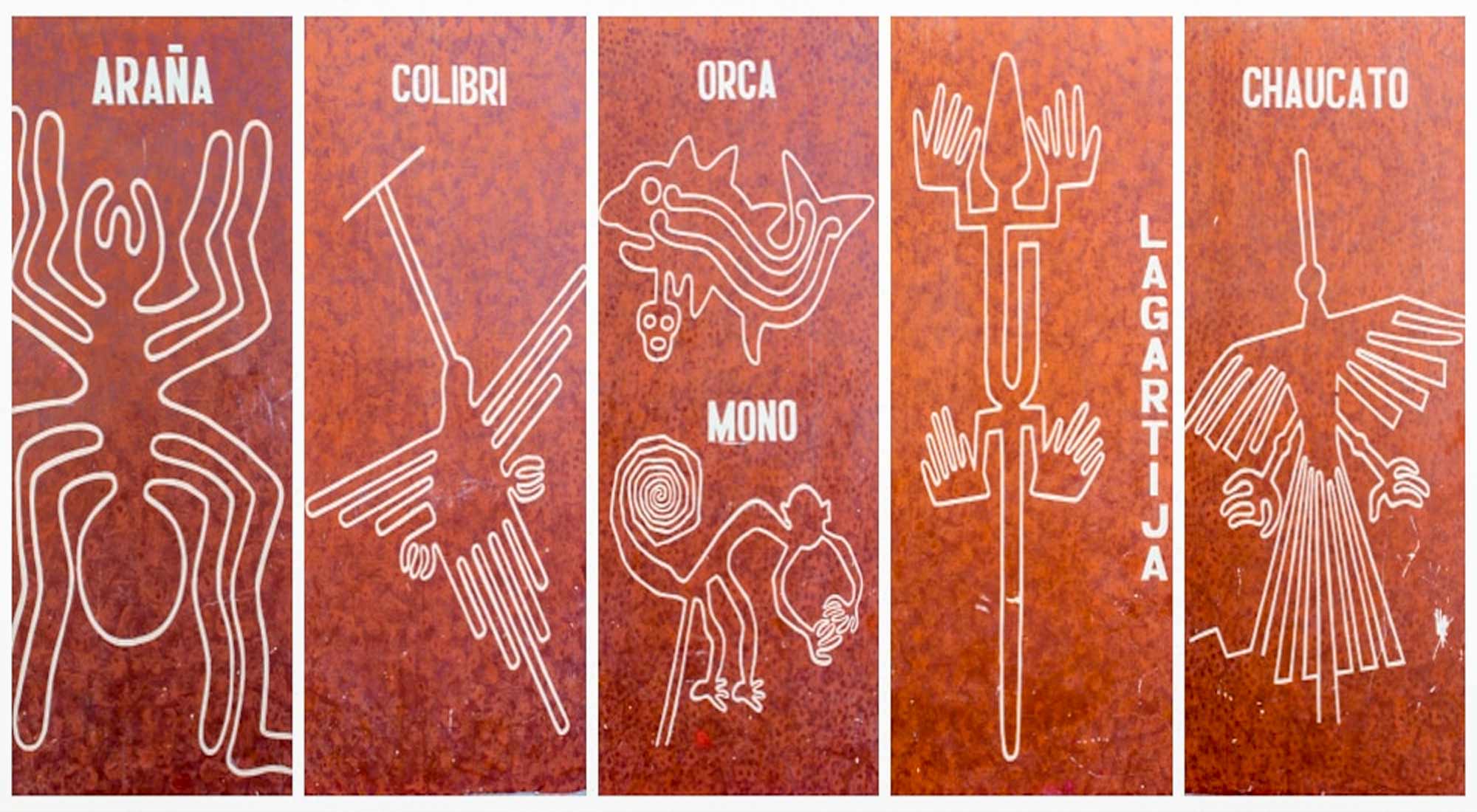
It is a historical architectural treasure whose origins date back to the colonial era. The monumental buildings, which draw attention for the use of ashlar -volcanic stone characteristic of the city- express a valuable architectural fusion between the European and the Peruvian.
Declared a World Heritage Site in 2000, its Plaza de Armas is the most representative public space in the city. In its historic center, the cathedral, built in the 17th century, and the monastery of Santa Catalina stand out, within whose walls lies a citadel made up of streets and cloisters or patios.
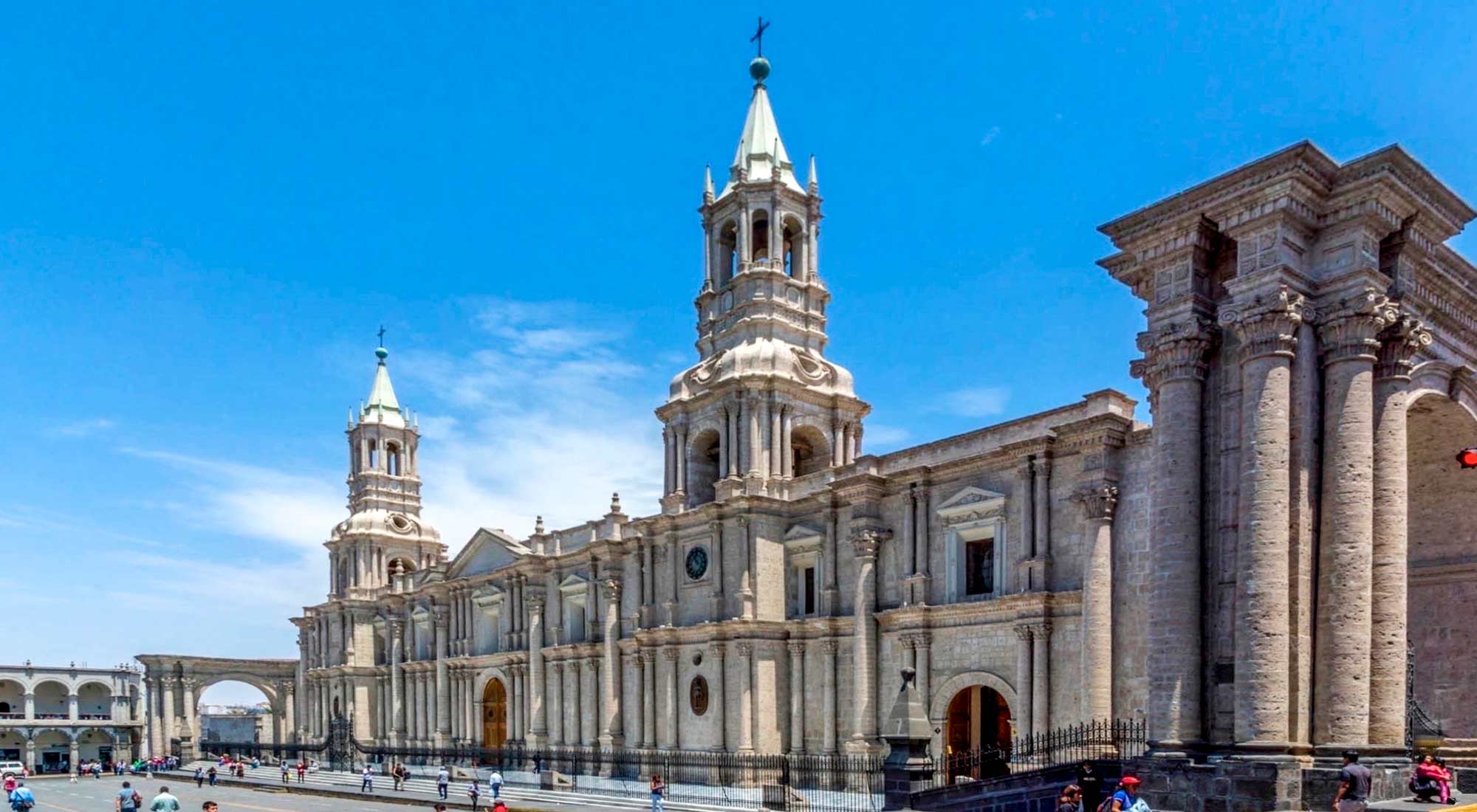
Caral is considered the oldest culture in America and one of the oldest in the world. The discovery of these 5,000-year-old archaeological remains rewrote the history of the origin of civilizations in ancient Peru and generated a change in the conceptions held about pre-Hispanic Peruvian man.
In the huge 66-hectare archaeological complex, pyramids, temples, residential spaces and an area of geoglyphs have been found. In the excavations carried out, remains of food products such as beans, chili peppers and sweet potatoes were found. Also cotton, fishing nets and remains of anchovies. This material shows that the population was dedicated mainly to agriculture, fishing and commercial exchange.
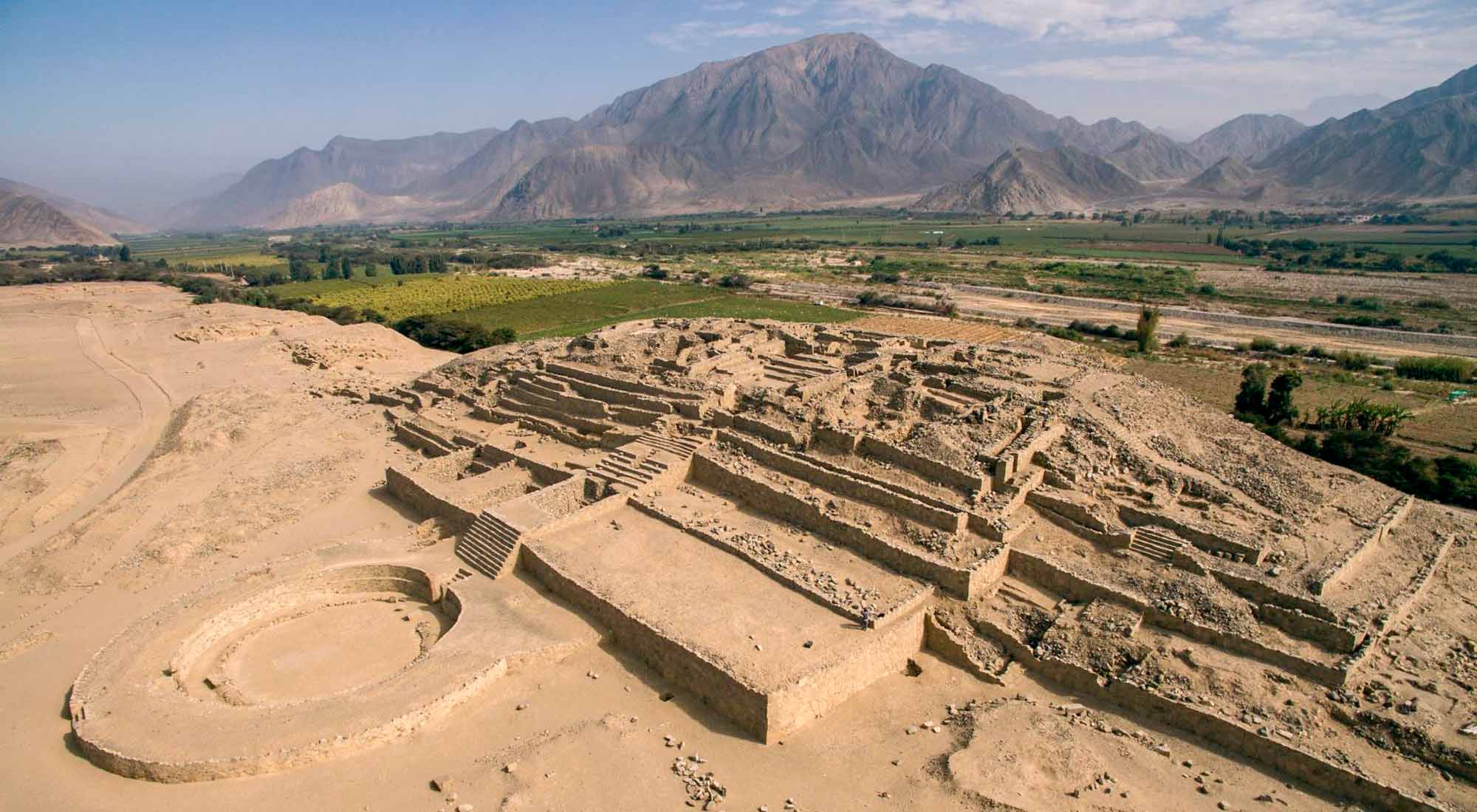
This network of roads of more than 60 thousand kilometers in length was the backbone of the political and economic power of the Incas, and connected production, administrative and ceremonial centers uniting all of Tahuantinsuyo, facilitating trade and the administration of their Inca empire.
According to historians, the Qhapaq Ñan constituted the base of the Inca political expansion because it allowed the rapid mobilization of the armies and state officials. In addition, it facilitated the transport of valuable resources such as metals, wood, coca leaves, feathers and textiles.
Its best-known tourist section is the one that leads to the citadel of Machu Picchu. The route covers a distance of 45 km and takes four days and three nights to complete: the natural scenery is impressive.
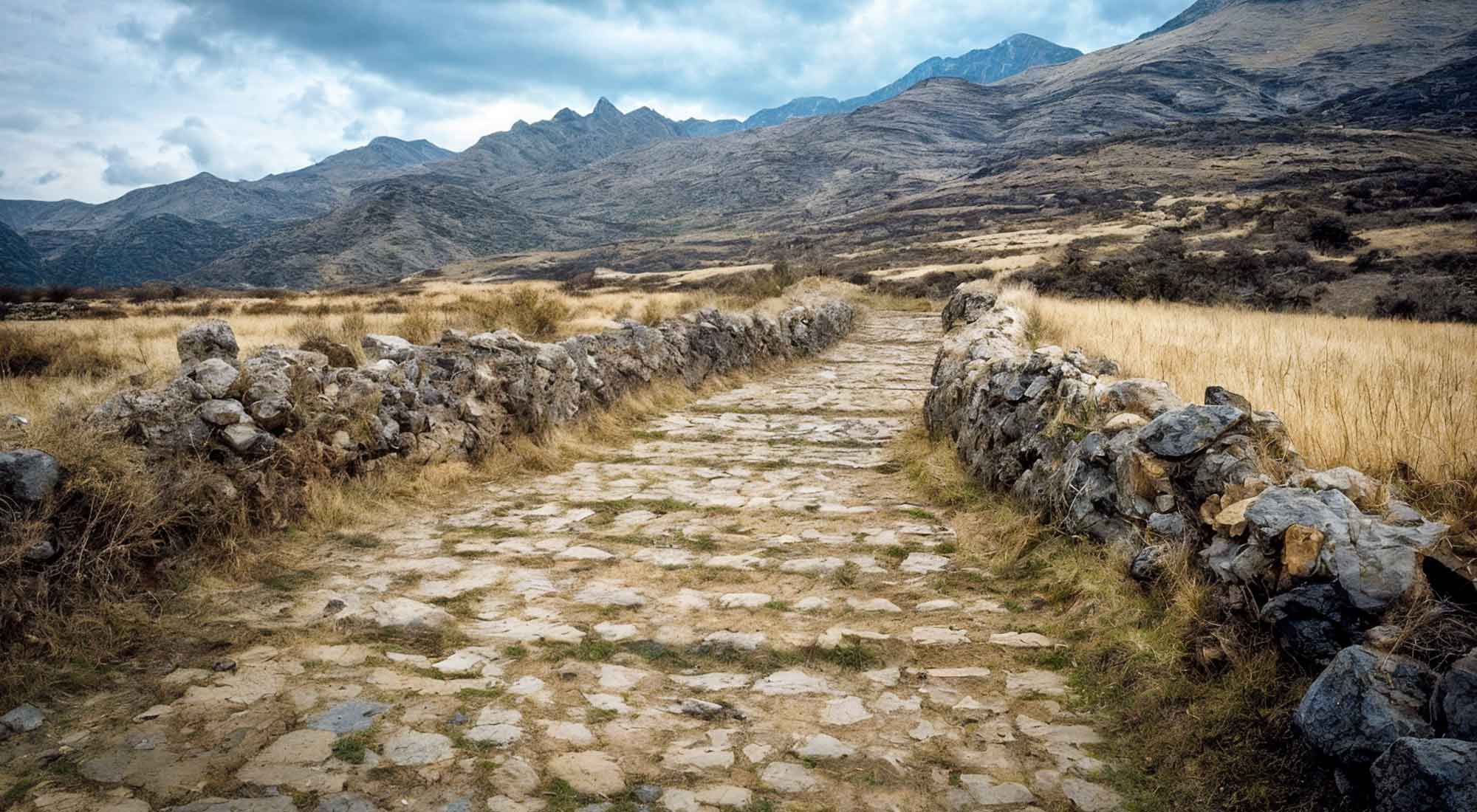
Located in Casma, Áncash, some 300 kilometers north of Lima, it houses a ceremonial center, a plaza, and 13 towers aligned from north to south that together function as a perfect solar calendar. And in 2021, it was recognized by Unesco as a World Heritage Site.
Considered the oldest solar observatory in America, it was created -according to historical records- between 500 and 200 BC. C. to regulate religious festivities and make astronomical observations, following the annual movement of the sun. These calculations had a margin of error of only one or two days, using the solar cycle and an artificial horizon.
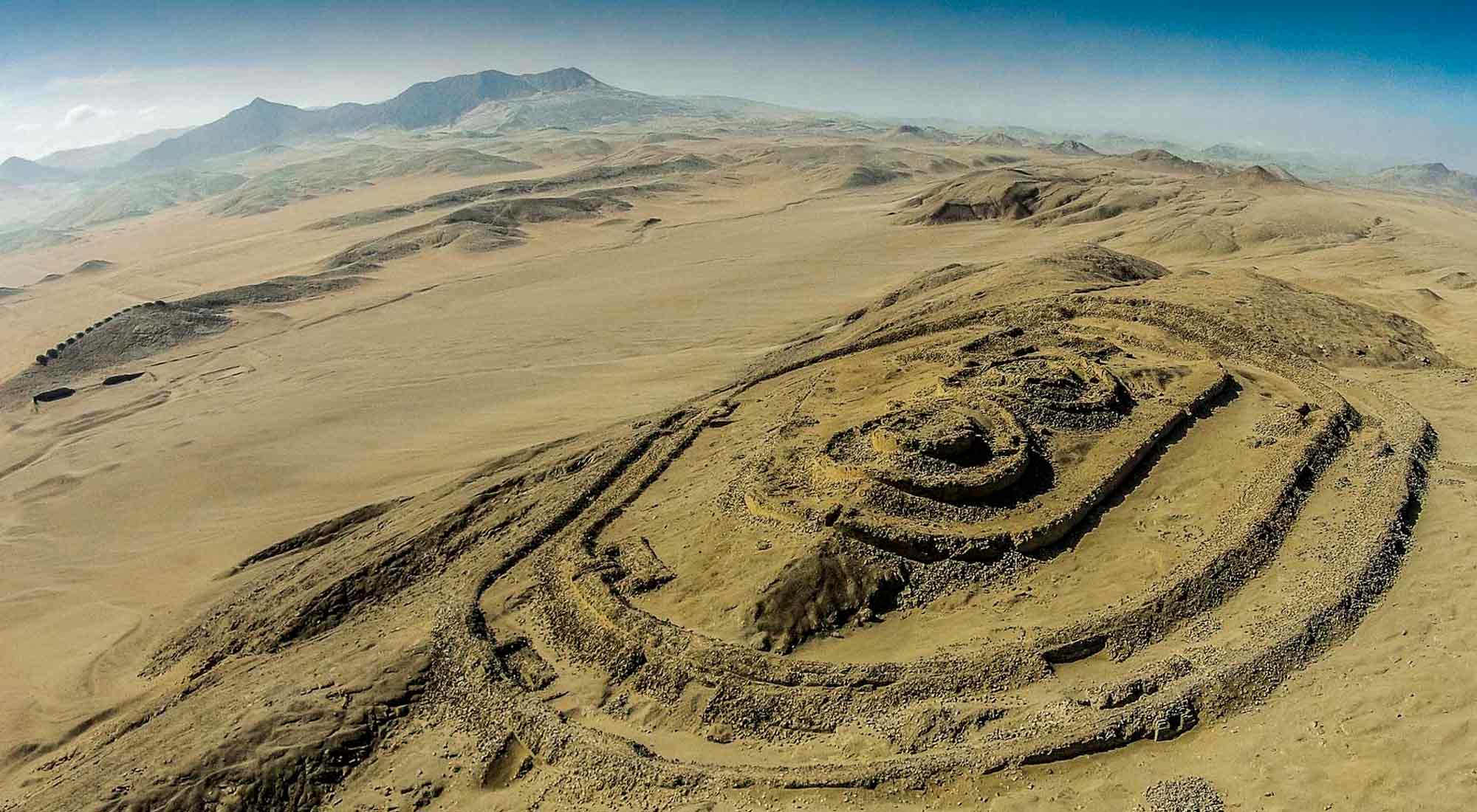
If you want to visit Machu Picchu, we recommend you to book your Machu Picchu Tickets in advance, so you will enjoy your Vacation in Machu Picchu without any problem.
